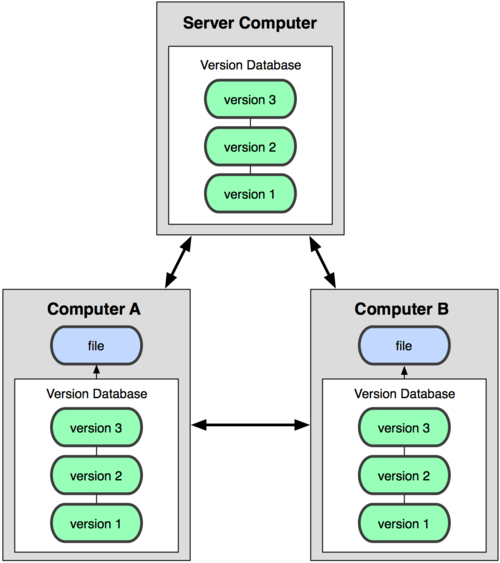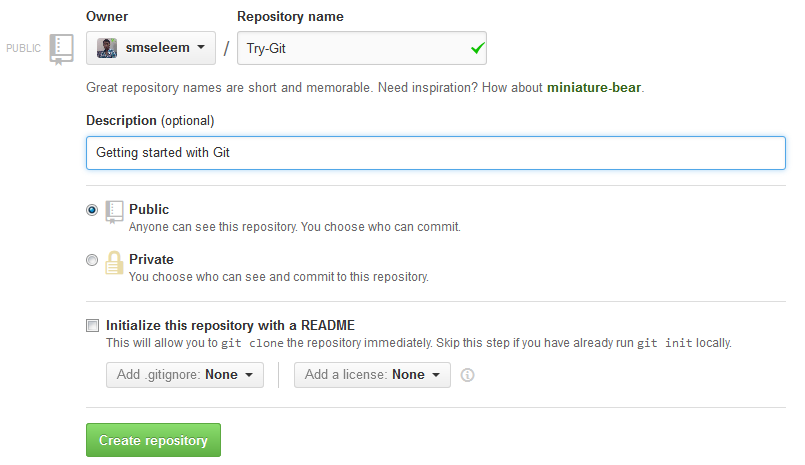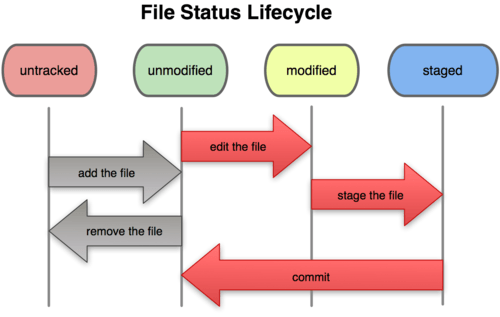Muhammad Sumon Molla Selim
Software Engineer by Profession. Educator by Passion. Fundamentalist Muslim by Belief.


GitHub is Git repository hosting service - started by Linux creator Linus Torvalds
GitHub is special



sudo apt-get install git
$ git config --global user.name "Muhammad Sumon Molla Selim"
$ git config --global user.email "me@sumonselim.com"
$ git config --list$ git help config
$ git initRun the following command$ git clone https://github.com/smseleem/try_git.git 
$ git statusOn branch master
nothing to commit, working directory cleanOn branch master
Untracked files:
(use "git add <file>" to include in what will be committed)
$ git add <file_name>$ git status$ git diff
$ git commit$ git commit -m "Your commit message"
$ git commit -a -m "Your commit message"$ git remote add origin https://github.com/smseleem/try_git.git$ git remote -v $ git push
$ git init
$ git status
$ git add *
$ git commit -m "initial commit"
$ git remote add origin https://github.com/smseleem/try_git.git
$ git remote -v
$ git push
About Me
By Muhammad Sumon Molla Selim
Getting started with GitHub
Software Engineer by Profession. Educator by Passion. Fundamentalist Muslim by Belief.